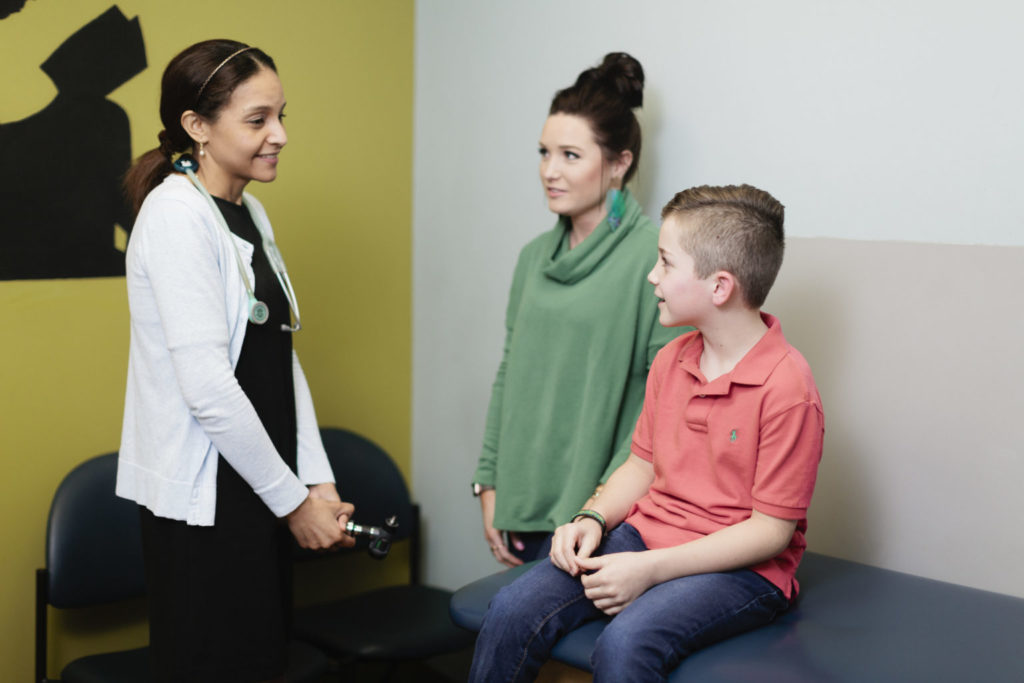One of the most important jobs you have as a parent is keeping your child safe when riding in a vehicle. Each year thousands of young children are killed or injured in car crashes. Proper use of car safety seats helps keep children safe. But with so many different car safety seats on the market, it’s no wonder many parents find this overwhelming.
The type of seat your child needs depends on several things, including your child’s size and the type of vehicle you have. The following information from the American Academy of Pediatrics (AAP) offers guidance on choosing the most appropriate car safety seat for your child.
Infants and toddlers—rear-facing
The AAP recommends that all infants should ride rear-facing starting with their first ride home from the hospital. The AAP recommends all children remain in a rear-facing car safety seat as long as possible, until they reach the highest weight or height allowed by their seat. Previously, the AAP specified children should remain rear-facing at least to age 2; the new recommendation removes the specific age milestone.
Types of rear-facing car safety seats
There are 3 types of rear-facing car safety seats: infant-only seats, convertible seats, and 3-in-1 seats. When children reach the highest weight or length allowed by the manufacturer of their infant-only seat, they should continue to ride rear facing in a convertible seat or 3-in-1 seat.
Types of Car Seats at a Glance
| Age-group | Type of Seat | General Guidelines |
| Infants and toddlers | Rear-facing-only Rear-facing-convertible | All infants and toddlers should ride in a rear-facing seat until they reach the highest weight or height allowed by their car seat manufacturer. Most convertible seats have limits that will allow children to ride rear facing for 2 years or more. |
| Toddlers and preschoolers | Forward-facing convertible Forward-facing with harness | Children who have outgrown the rear-facing weight or height limit for their convertible seat should use a forward-facing seat with a harness for as long as possible, up to the highest weight or height allowed by their car seat manufacturer. Many seats can accommodate children up to 65 pounds or more. |
| School-aged children | Booster | All children whose weight or height exceeds the forward-facing limit for their car safety seat should use a belt-positioning booster seat until the vehicle seat belt fits properly, typically when they have reached 4 feet 9 inches in height and are 8 through 12 years of age. All children younger than 13 years should ride in the back seat. |
| Older children | Seat belts | When children are old enough and large enough for the vehicle seat belt to fit them correctly, they should always use lap and shoulder seat belts for the best protection. All children younger than 13 years should ride in the back seat. |

